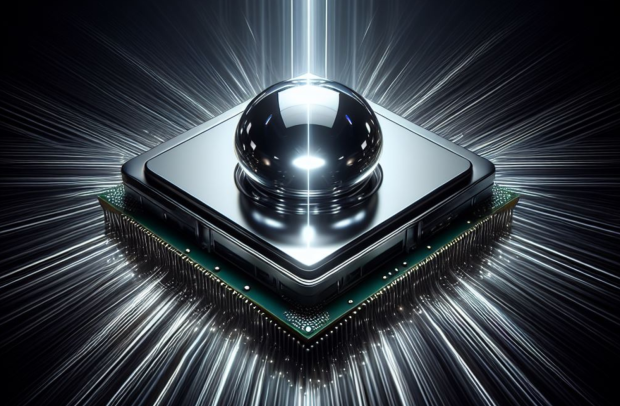A team of researchers from the University of California, Riverside, say they have stumbled onto a groundbreaking PC breakthrough technology that may be able to give up to twice as much performance to all existing PCs.

The team of researchers presented their findings, which have been published online, detailing a new system called simultaneous and heterogeneous multithreading, or SHMT. So, how does it work? Modern computers are currently made up of multiple processors, such as a CPU, GPU, and TPU. Due to different parts of the PC being dedicated to carrying out different workloads through instructions, there are bottlenecks and latency between the data moving between each of the different processors.
However, SHMT can solve this issue, as the technology enables a single task to be carried out across multiple processes simultaneously. Not only does this reduce the workload per processor, but it also speeds up the efficiency of the task and costs less energy to run. According to the recently published paper the team found that SHMT implementation in tests resulted in processing speeds increasing up to 1.95x, with energy usage dropping by close to 51%.
- Read more: More PlayStation 5 Pro specifications have been leaked
- Read more: Researchers unveil plan to revolutionize Wi-Fi with new 3D design
- Read more: YouTuber fires .50 caliber bullet at Cybertruck to test its bullet proof metal
It isn't all sunshine and rainbows, though, as SHMT does pose some challenges before it can be brought to every single device on the market. According to the team devices will need to be pass through a quality assurance test that will detect if there is any incompatible architectures found within the processors. So, when we will we see this PC breakthrough come to market? At the moment it remains unclear, as more testing needs to be conducted.




